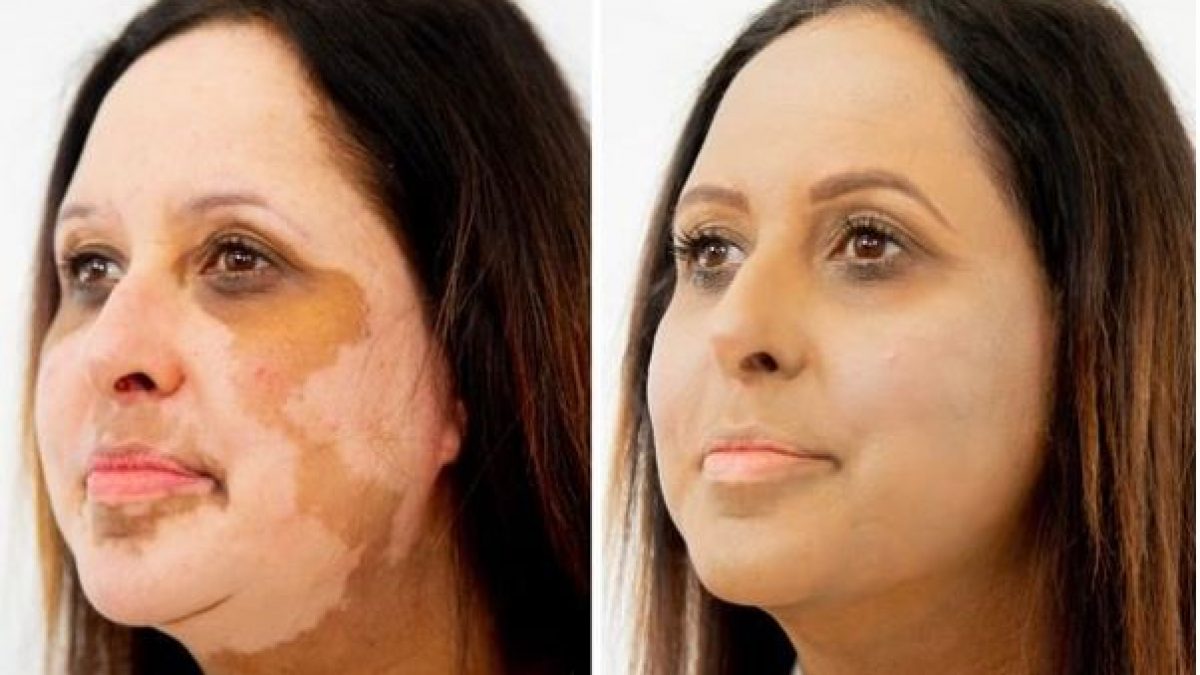
If you have light spots and patches on your skin, getting an accurate diagnosis is important. White spots and patches develop for many reasons.
You might have vitiligo. You could also have another condition like tinea versicolor. The white spots may also be caused by a skin injury. A board-certified dermatologist can give you an accurate diagnosis.
HOW DO DERMATOLOGIST DIAGNOSE VITILIGO?
A board-certified dermatologist diagnoses vitiligo by reviewing your medical history and examining your skin.
To get a good look at your skin, your dermatologist may use a Wood’s lamp. This specialized lamp allows a dermatologist to clearly see areas of vitiligo.
When treating vitiligo, board-certified dermatologists create a treatment plan with these goals in mind:
There is no one best treatment for vitiligo. Before creating a treatment plan, a dermatologist thinks about what is best for each patient. To do this, your dermatologist considers your age, overall health, and effects the disease has on your life. The type of vitiligo, where it appears on the body, and how it’s progressing also play important roles.
TWO TYPES OF SURGERY ARE USED TO TREAT VITILIGO